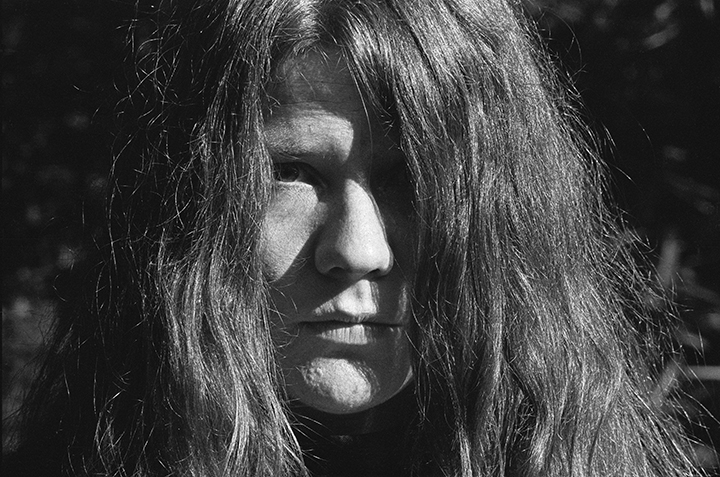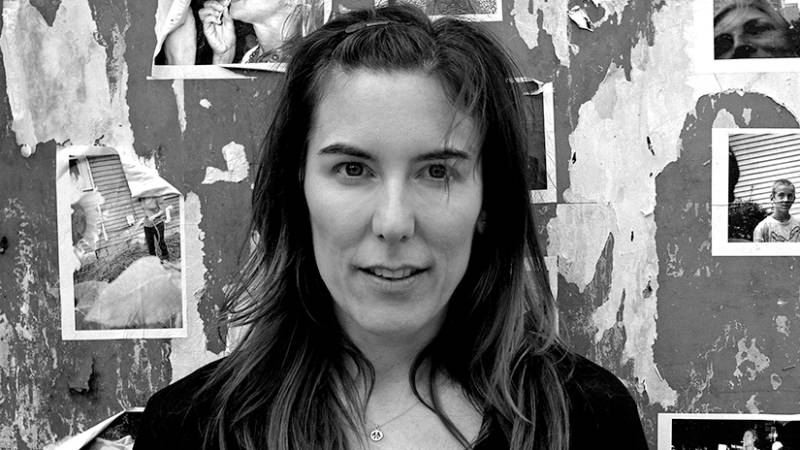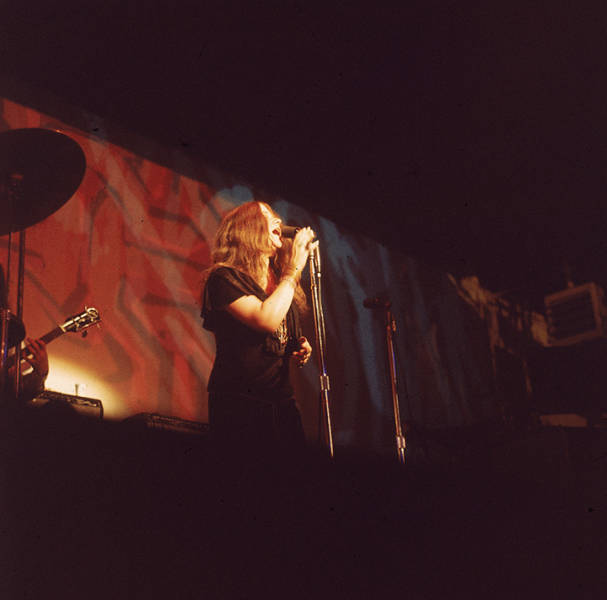2015 proved to be a banner year for documentaries about women in music. What Happened, Miss Simone?, about the troubled life of Nina Simone, opened the Sundance Film Festival. Summer brought the release of Amy, about the equally troubled life of Amy Winehouse, who died at the age of 27. Both films were nominated for Academy Awards but Amy took home the prize. It touched a nerve in audiences by equating the idolatry of 21st century star worship with the ravenous paparazzi whose flashing cameras hounded Winehouse all the way to her death. At the end of last year, Amy Berg’s documentary Janis: Little Girl Blue played at the Venice Film Festival.

Reflecting on the lives of these three women and the trajectory of their paths from stardom to self-destruction (Joplin also died at 27), it’s tempting to find a through line for each musician’s rise and fall. Did being in the public eye awaken a dormant strain of fragility? After watching the smartly edited archival footage of Little Girl Blue, the answer appears to be more nuanced. Simone, Winehouse and Joplin each had a unique set of problems — some internal, others external — that they couldn’t contend with or overcome.
Berg, whose first documentary Deliver Us from Evil was nominated for an Oscar in 2006, worked for eight years with materials from the Joplin family estate to assemble Little Girl Blue, which airs on the PBS series American Masters on May 3. If anyone has insight into Joplin’s character, it might be Berg. I spoke with the director about the making of the film and why she was drawn to the musician in the first place.
The Joplin family estate held director auditions. How did you get the job?



